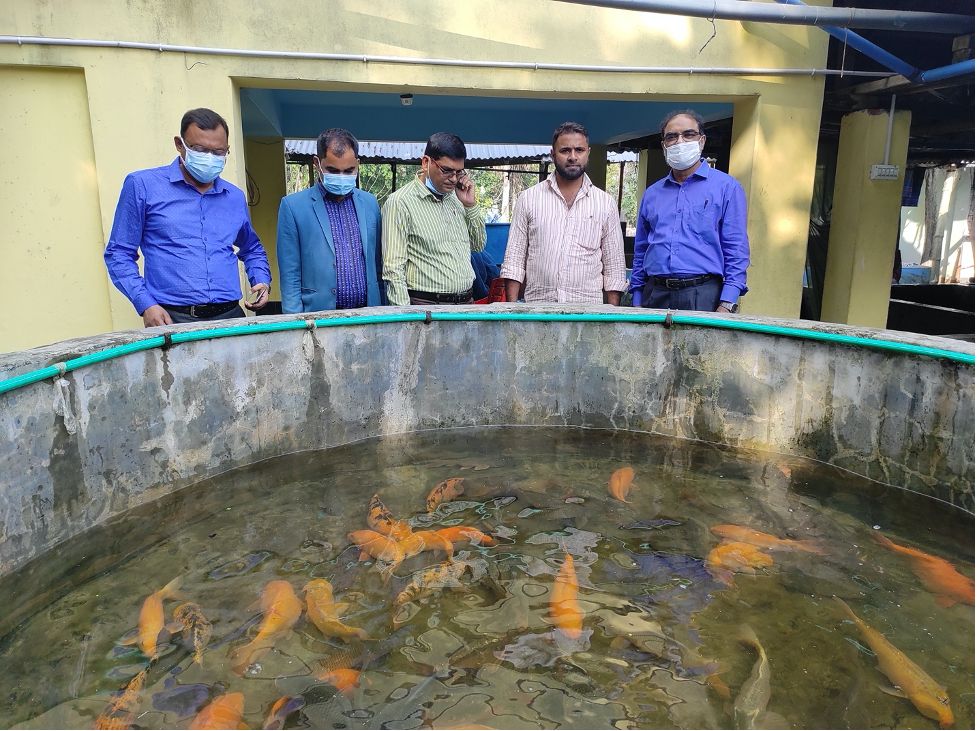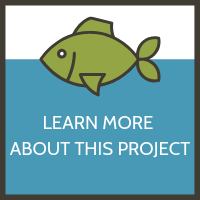
Laura Zseleczky
Researchers working with the Feed the Future Innovation Lab for Fish (Fish Innovation Lab) recently visited 19 fish hatcheries in Bangladesh to discuss a project on cryogenic sperm banking for carp aquaculture. Carps make up a significant portion of aquaculture production in Bangladesh, but their genetic quality has been deteriorating and hatchery operators and farmers are shifting to other species. The Cryogenic Sperm Banking for Carps project seeks to develop a cryogenic sperm bank that will provide quality germplasm to government and private hatcheries for improving broodstocks.
Md. Rafiqul Islam Sarder, lead PI of the project, and Mohammad Matiur Rahman, project co-PI, visited seven hatcheries in the Faridpur region between November 15 and 17, 2020, and 12 hatcheries in the Barisal region between November 22 and 25. During the visits, the scientists met with hatchery operators and observed their facilities, including breeding units and rearing ponds. Sarder and Rahman also discussed project plans with the hatchery operators and encouraged them to participate in the project’s activities.
Of the approximately 1,000 carp hatcheries in Bangladesh, 112 are government-run and more than 95% of seeds are produced in private hatcheries. However, most of the carp hatcheries in Faridpur and Barisal are public. Sarder and Rahman visited public and private facilities during the visits, as the project plans to work with both types of operations to disseminate the cryopreservation technology.
“These visits are very important as we need to know the available hatcheries—both private and government—in those areas and also get a clear idea about the breeding and fry-rearing facilities in each of the selected hatcheries,” said Sarder. “As our target is to produce seeds in the hatcheries using cryopreserved sperm from good sources, these visits will definitely contribute to achieving our set targets.”
Following the visits, the project will select which hatcheries will participate and then arrange training programs on cryopreservation for the hatchery operators. The researchers will visit the hatcheries again during the breeding period to support hatchery staff in using the cryopreserved sperm for breeding to produce seeds.
Published January 13, 2021

